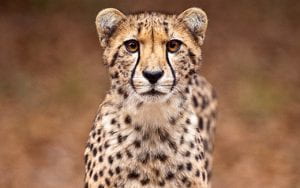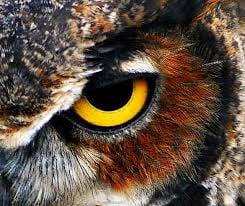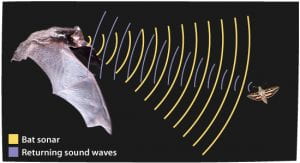In science class this week, my class learned about a game called predator and prey.
In this game, the people who are the predators must hide while the prey counts, when the prey is done counting, they must find as many predators as they can find. Once the prey has found all the predators he can find, the prey must count again (all predators found must become prey), then the predators must move ten steps closer. This will happen until the prey has found all of the predators, or if the predator has got the prey.
This game made me ask three questions:
- How do eyes help pry?
- How do eyes help predators?
- What sort of adaptations are good substitutes for eyes?
 One of the cheetahs adaptations to improve sight is black lines around its eyes to get rid of the glint of the sun.
One of the cheetahs adaptations to improve sight is black lines around its eyes to get rid of the glint of the sun.
 Some snakes have thermal radiation to see their prey even when the prey is camouflaged.
Some snakes have thermal radiation to see their prey even when the prey is camouflaged.
 Owls not only use their large eyes to see on the dark, but also can only see the brightest colors in the rainbow, giving them even better sight in the dark than they would have without it.
Owls not only use their large eyes to see on the dark, but also can only see the brightest colors in the rainbow, giving them even better sight in the dark than they would have without it.
 Chameleons have eyes that can look in two directions, that’s two lines of sight!
Chameleons have eyes that can look in two directions, that’s two lines of sight!
 Not only eyes are used for seeing predators or prey, but echo location, like in bats, is also good for finding food and sensing danger. Echo location is the ability to find objects by using sound.
Not only eyes are used for seeing predators or prey, but echo location, like in bats, is also good for finding food and sensing danger. Echo location is the ability to find objects by using sound.

 Hammerhead sharks don’t only have eyes on the sides of their heads on order to see in all directions but also have a censor that detects electric pulses of other creatures so they can find their prey even if its hiding under the sand.
Hammerhead sharks don’t only have eyes on the sides of their heads on order to see in all directions but also have a censor that detects electric pulses of other creatures so they can find their prey even if its hiding under the sand.
Great post Harrison! I learn so much from you – thanks. I didn’t know about snakes using thermal radiation to sense prey that is even camouflaged. Is the sensor in their eye? Pretty cool. Deer can also move their ears independently like the chameleons eyes for more directions to detect prey. Adaptations for survival!